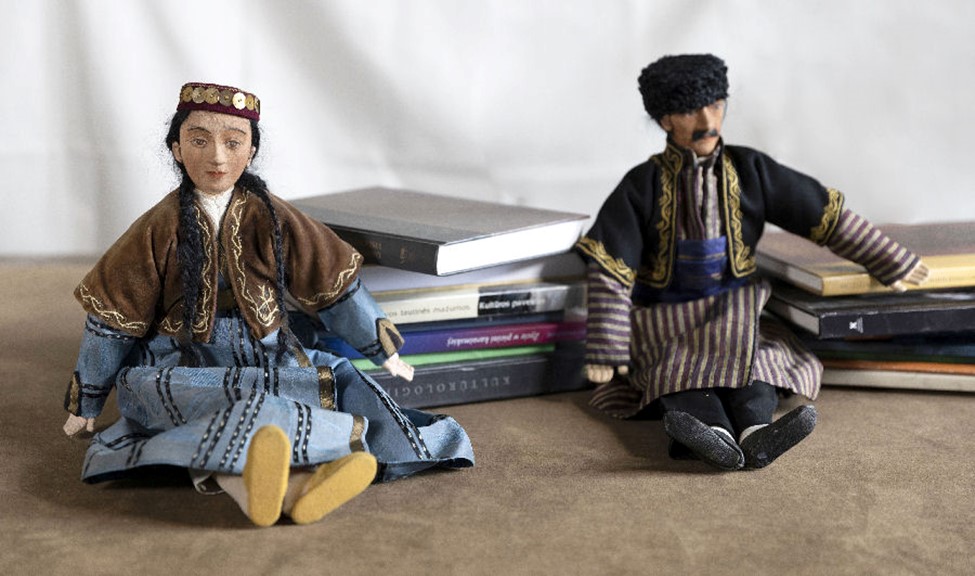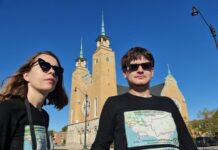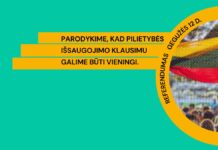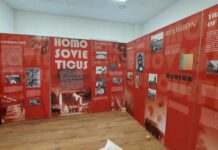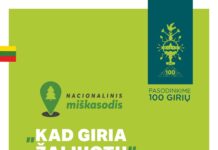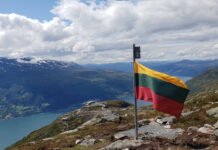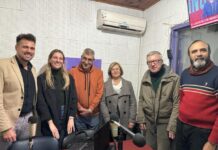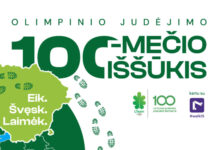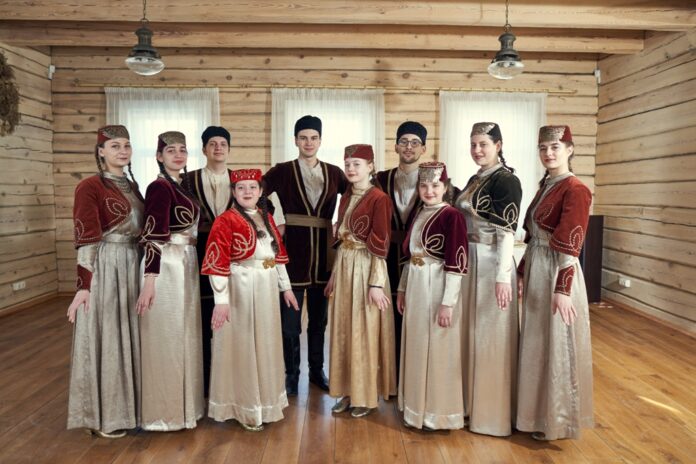
A 625-year-old ethnic community celebrates
The Lithuanian Parliament declared 2022 the year of the Karaims (Crimean Karaites), celebrating 625 years of their existence as an ethnic group in Lithuania. Celebratory programmes will take place in Trakai, Vilnius and Panevėžys. “Karaim” is a Russian, Ukrainian, Belarusian, Polish and Lithuanian name for the community. Although small in number this ethnic group has preserved its religion, language, identity and historical memory throughout centuries of challenges.
Regarding the origin of the Karaims in Lithuania there is no complete consensus between scholars. According to Lithuanian Karaim tradition they came from Crimea in 1392 when the Grand Duke Vytautas of Lithuania allied with Tokhtamysh against the White Horde Tatars and relocated 330 Karait families to Lithuania. Karaims settled primarily in Vilnius and Trakai, maintaining their Tatar language; there were also minor settlements in Biržai, Pasvalys, Naujamiestis and Upytė. Despite a history through the 16th and 17th centuries that included disease, famine, and pogroms, Lithuania was somewhat less affected by such turmoil than the surrounding areas. As a result, the Lithuanian Karaims had a relative sense of stability over those years, and maintained their isolation as a group, keeping their Turkic language rather than abandoning it for the local languages.
The Karaim language (“language of the nomads”) is a Turkic language with Hebrew influences, in a similar manner to Yiddish or Judaeo-Spanish. It is spoken by only a few dozen Crimean Karaites (Qrimqaraylar) in Lithuania, Poland and Crimea and Galicia in Ukraine. The three main dialects are those of Crimea, Trakai–Vilnius and Lutsk–Halych all of which are critically endangered. The Lithuanian dialect of Karaim is spoken mainly in the town of Trakai (also known as Troki) by a small community living there since the 14th century.
Dr. Karina Firkavičiūtė, president of the Lithuanian Karaim Cultural Association, the program for the Year of the Karaims will be two-pronged. One aspect of the program will be meant for the Lithuanian public and its guests, to provided the widest possible information about Karaims in Lithuania. There will be various exhibitions in Lithuania and abroad, with an official commemoration at the Grand Dukes Palace in Vilnius, an international conference on the Karaim language at Vilnius University, as well as several films. The premiere of a new musical will take place this summer, reflecting Lithuanian-Karaim heritage at Trakai Castle.
The program will also include events for the Karaim community itself and to support and strengthen its cultural identity. There will be children’s and youth camps, and a congress in Trakai for Karaims from Poland, Ukraine, Russia and elsewhere in Europe. The Department of Statistics will also conduct a new survey, to determine what has changed over the past 25 years.
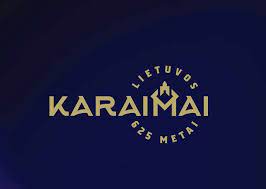
A new logo has been created to represent the community and all events will be described on the website www.karaim.eu.
An exhibition dedicated to the year of Karaims is already being shown at the MA Vrublevskių Library from March to mid-April, called “Lithuanian Karaims Past and Present“. The library has a vast collection of the Karaim community‘s documents, including confirmation of the rights granted to the Karaims by the Grand Dukes of Lithuania and others.
The dolls in the photo are from the Lithuanian National Museum Historical Collection, were created by Ana Kobecka and donated by her in 1937 to the Karaim Museum. From alkas.lt, welovelithuania.lt, wikipedia
